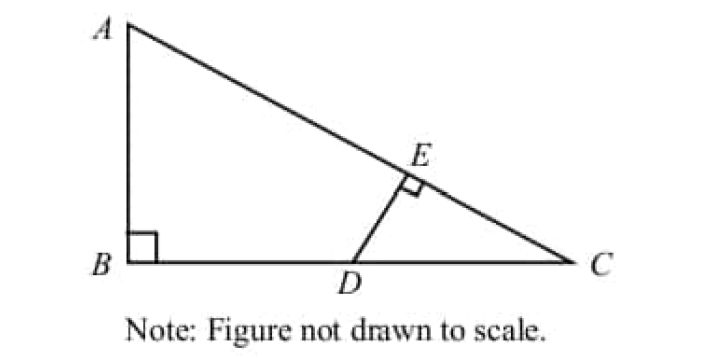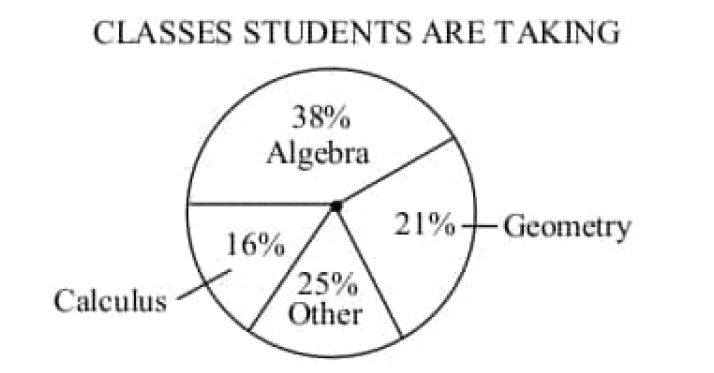WORD PROBLEMS OF LINEAR INEQUALITIES IN ONE VARIABLE
When we solve word problems on linear inequalities, we have to follow the steps given below.
Step 1 :
Read and understand the information carefully and translate the statements into linear inequalities.
Step 2 :
Solve for the variable using basic operations like addition, subtraction, multiplication and division.
Step 3 :
Find the solution set and obtain some of the possible solutions.
Apart from the above steps, we have to make the following changes, when we multiply or divide each side of the inequality by a negative value.
- If we have <, then change it as >
- If we have >, then change it as <
- If we have ≤, then change it as ≥
- If we have ≥, then change it as ≤
Problem 1 :
Find all pairs of consecutive odd positive integers, both of which are smaller than 18, such that their sum is more than 20.
Solution :
Let "x" be the smaller of two consecutive odd positive integers.
Then "x + 2" will be the other odd consecutive integer.
Both x and (x + 2) are smaller than 18.
x + 2 < 18
Subtract 2 on both sides
x < 16
Sum of two consecutive odd positive integers > 20
x + x + 2 > 20
2x + 2 > 20
Subtract by 2 on both sides
2x > 20 - 2
2x > 18
Divide by 2 on both sides
x > 9
By combining the pairs x >9 and x < 16, we get
9 < x < 16
So, the required consecutive pair of odd integers are (11, 13) (13, 15) (15, 17).
Problem 2 :
Find all pairs of consecutive even positive integers, both of which are larger than 8, such that their sum is less than 25.
Solution :
Let "x" be the smaller of two consecutive even positive integers.
Then "x + 2" is the other even integer
x + x + 2 < 25
2x + 2 < 25
Subtract 2 on both sides
2x < 25 - 2
2x < 23
Divide by 2 on both sides
x < 23/2
x > 8 (Both numbers are greater than 8)
By combining the above statements, we get
8 < x < 23/2 ==> 8 < x < 11.5
So, the required pair of even integer is (10, 12)
Problem 3 :
The cost and revenue functions of a product are given by C(x) = 2x + 400 and R(x) = 6x + 20 respectively, where x is the number of items produced by the manufacturer. How many items the manufacturer must sell to realize some profit ?
Solution :
The formula for profit = Revenue - cost
Revenue > cost
6x + 20 > 2x + 400
Subtract 2x on both sides
6x - 2x + 20 > 400
4x + 20 > 400
Subtract by 20 on both sides
4x > 400 - 20
4x > 380
Divide by 4 on both sides
x > 380/4
x > 95
So, the manufacturer must sell more than 95 items to realize some profit.
Problem 4 :
In the first four papers each of 100 marks, John got 95, 72, 73, 83 marks.If he wants an average of greater than or equal to 75 marks and less than 80 marks, find the range of marks he should score in the fifth paper.
Solution :
Suppose scores x marks in the fifth paper. |Then,
75 ≤ (95 + 72 + 73 + 83 + x)/5 < 80
75 ≤ (323 + x)/5 < 80
Multiply by 5 through out the equation
75 (5) ≤ 323 + x < 80 (5)
375 ≤ 323 + x < 400
Subtract 323 through out the equation
375 - 323 ≤ x < 400 - 323
52 ≤ x < 77
So, John must score between 52 and 77.
Kindly mail your feedback to v4formath@gmail.com
We always appreciate your feedback.
©All rights reserved. onlinemath4all.com
Recent Articles
-
Digital SAT Math Problems and Solutions (Part - 216)
Jul 16, 25 01:28 AM
Digital SAT Math Problems and Solutions (Part - 216) -
Digital SAT Math Problems and Solutions (Part - 215)
Jul 15, 25 01:24 PM
Digital SAT Math Problems and Solutions (Part - 215) -
Digital SAT Math Problems and Solutions (Part - 214)
Jul 14, 25 08:54 PM
Digital SAT Math Problems and Solutions (Part - 214)

